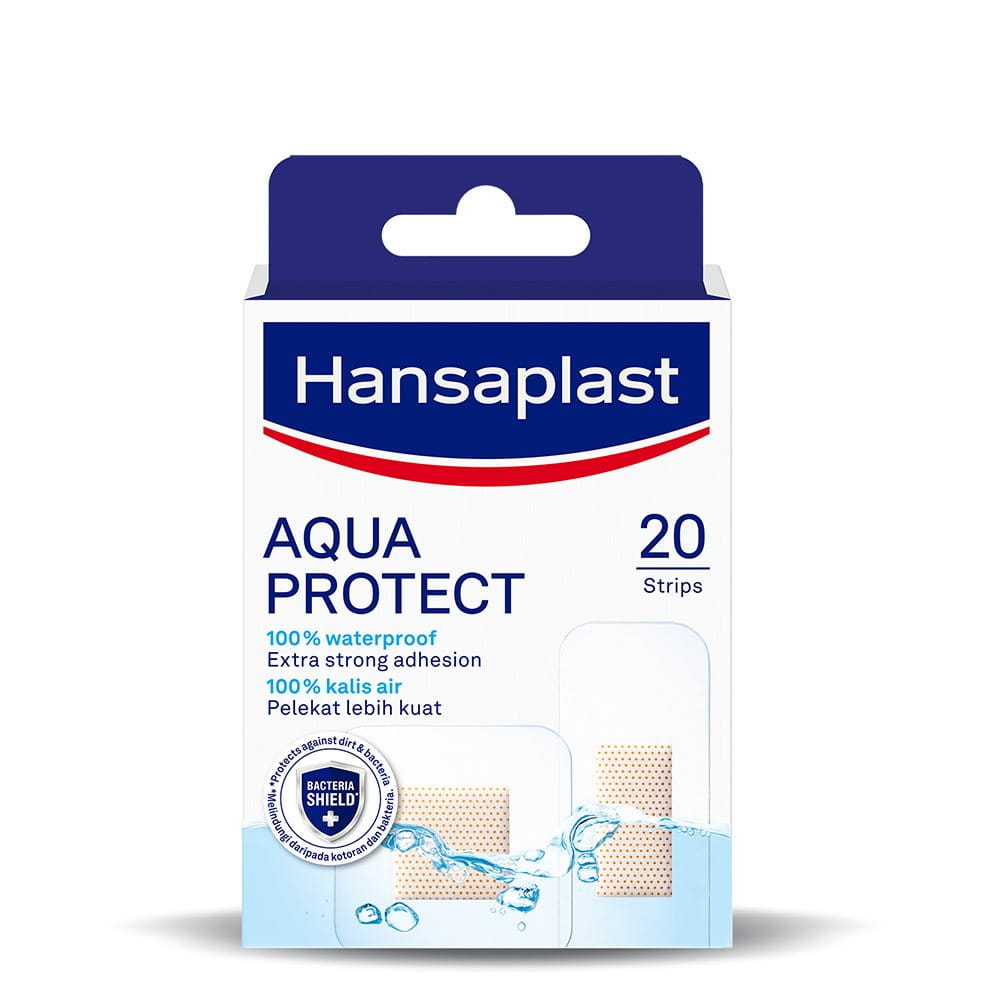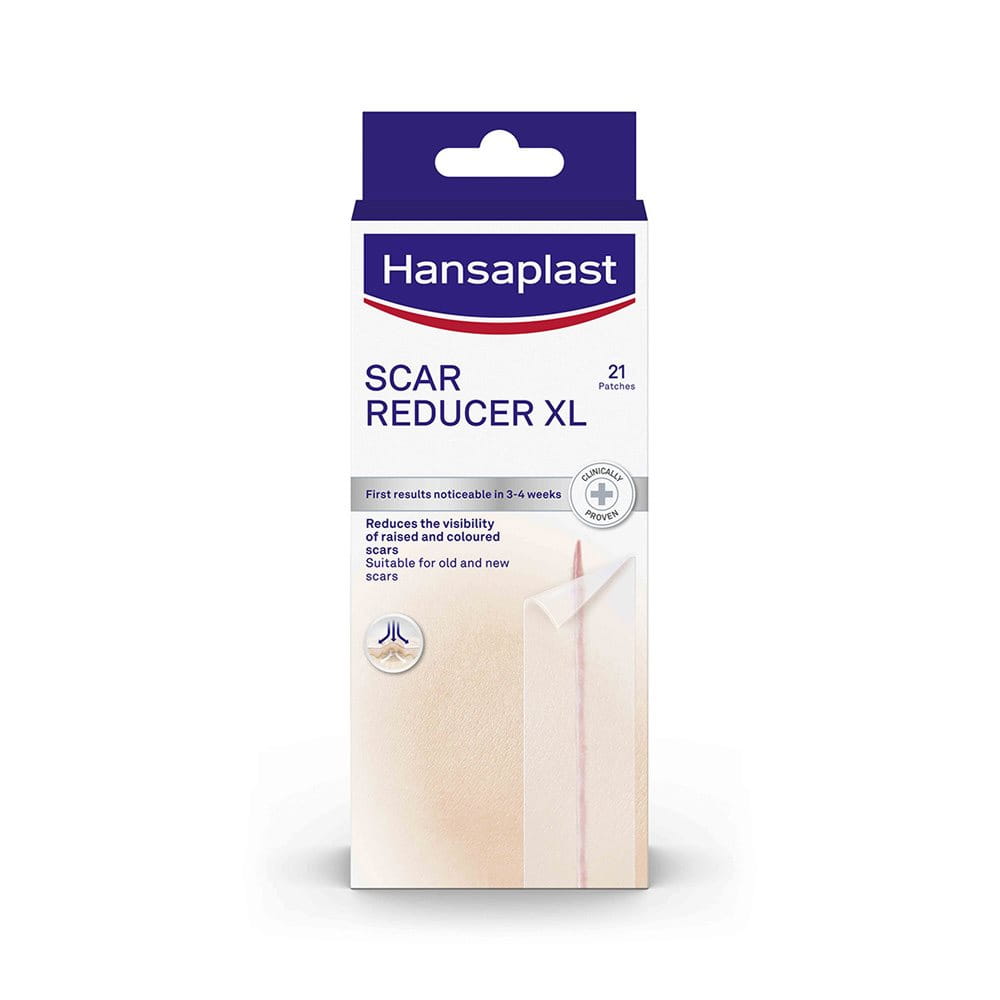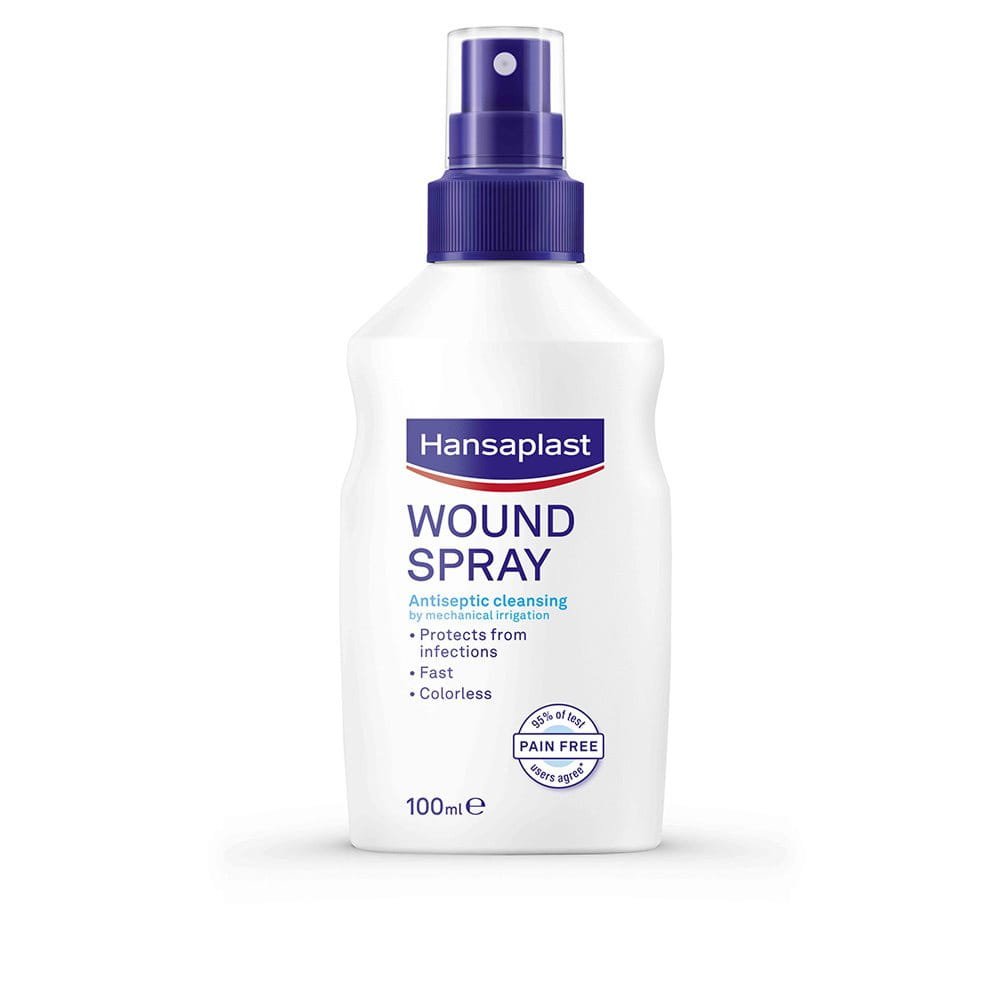What causes chafing?
Chafing is a skin irritation. It generally resembles a red rash and is caused by intense rubbing between body parts or another surface, such as clothing. Inner thigh chafing is a common side effect of walking or running. The risk is often higher among those who suffer from overweight, or who have particularly well-developed muscles such as long-distance athletes. Similarly, armpit chafing can also occur from similar activities and sources. Chafed skin can also result from friction between the skin and clothing. For example, runners often suffer from nipple chafing, which can lead to severe pain and suffering. Chafing can also be prominent in areas with a high degree of moisture, which causes the skin to stick to itself more than when it is dry. Furthermore, sand and other particles which get into clothing or stick to the skin can quickly and easily worsen chafing.
How to treat chafed skin?

Luckily, chafing treatments are simple. Gently apply the Hansaplast Wound Healing Ointment regularly once or twice a day. It creates a thin, breathable, protective layer that supports the healing of your skin.
In case a superficial wound was created as a result of chafing, start by cleansing the wound using the Hansaplast Wound Spray, to prevent infection before you apply the ointment. You can also protect the wound by applying a Hansaplast plaster such as Universal, Elastic or Sensitive.
Tips for preventing chafed skin
As chafing is caused by friction in general, always avoid rubbing and make sure you use specific clothing for your activities. For example by:
- using sports-oriented clothing made from special breathable material. Cotton can worsen the likelihood of irritation;
- applying an anti-chafing cream or ointment for chafed skin such as the Hansaplast Wound Healing Ointment to the places most likely to become irritated by skin-on-skin contact.







